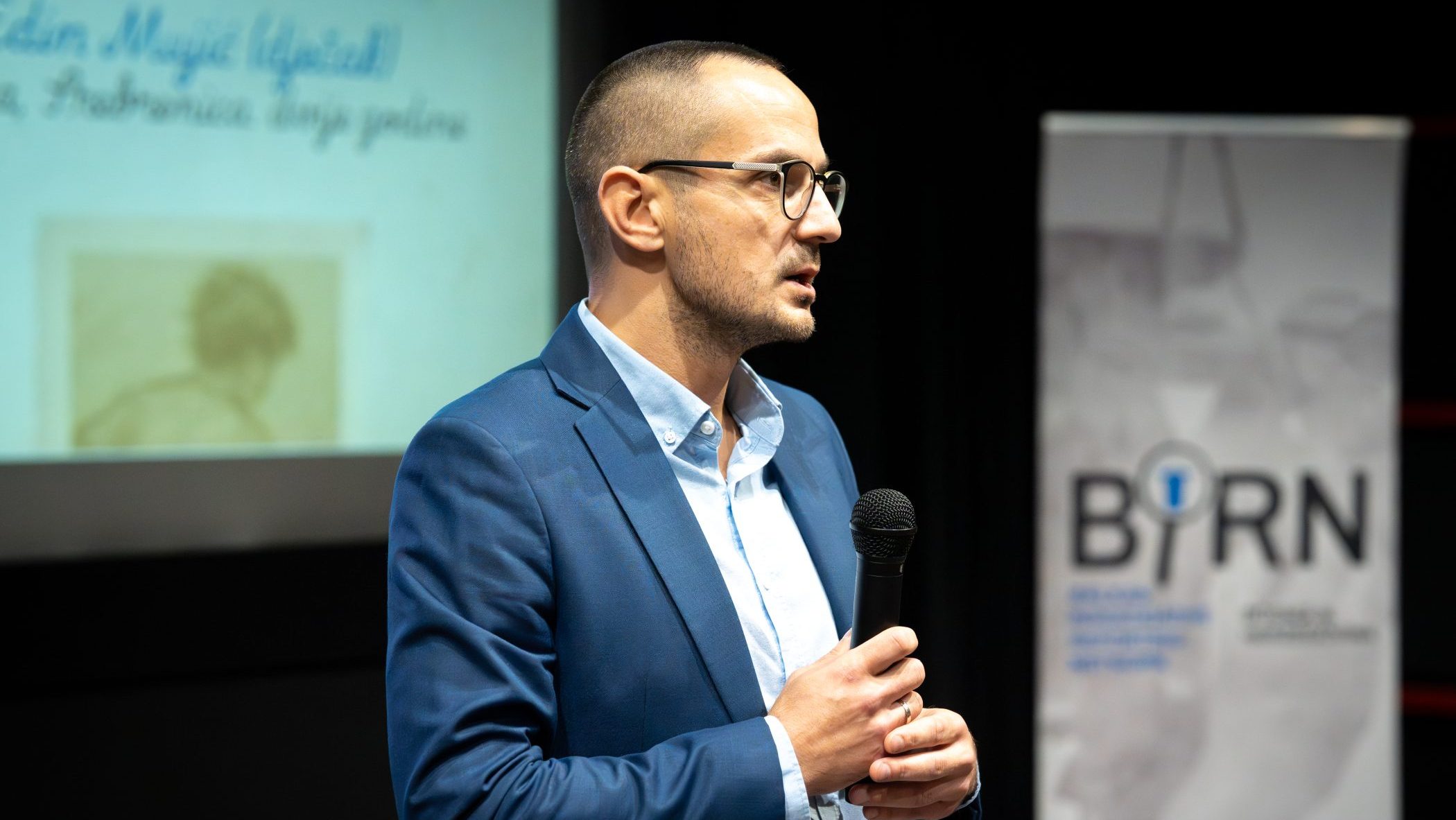This post is also available in: Bosnian
Hanson, who made the report on the crucial role of these crisis headquarters after having studied their numerous documents, concluded that Mladics army co-ordinated activity with municipal authorities and their forces, including the paramilitary.
Mladic, the then commander of the Army of Republika Srpska, is on trial for the expulsion of non-Serb population from 20 municipalities across Bosnia, which, according to the indictment, were supposed to become a part of the new, united Serb state. According to the indictment, the expulsion reached the level of genocide against Muslim and Croat civilians in seven municipalities.
According to Hanson, crisis headquarters and Mladics army worked together on uniting all Serb forces and on planning military operations. She illustrated this with intercepted Mladics conversation with an official of the crisis headquarters from the municipality of Ilidza, in late May 1992, when the commander of the Army of Republika Srspka issued an order that all military formations be put under his control.
Everyone carrying a rifle who wants to keep a head on his shoulders must succumb to my command, said Mladic in reply to the other mans comment that there were some Arkans men around and ordered that a five-day truce be respected.
This conversation confirms that, when he deemed it necessary, Mladic exercised his power over crisis headquarters and ordered them to join military operations… They had the same goals and they worked together on achieving them, said Hanson.
Hanson said that crisis headquarters of the Serb Democratic Party, established on recommendations from the leader of Bosnian Serbs, Radovan Karadzic in late 1991, were key instruments in the forming of Serb municipalities and armed forces across Bosnia. Headquarters then became bodies of power in newly-formed Serb municipalities from which non-Serbs were massively expelled.
The expert witnesss report specifies that crisis headquarters were formed in accordance with the document known as Variant A and Variant B, which Karadzic distributed to presidents of municipal branches of the party at the meeting on December 19, 1991.
The document envisaged how the power would be taken over in municipalities in which Serbs were minority, but also in communities where they were the majority.
Hanson added that only two days later the first crisis headquarters was formed in Zvornik, where soon Serbs left the current bodies of power and formed a Serb municipality.
She added that the same thing soon happened in numerous other municipalities in Bosnia and Herzegovina from which Muslims and Croats were then expelled.
The defence of Mladic, who is charged with crimes in Srebrenica, terrorising civilians in Sarajevo, and taking international peacekeeping troops hostage, will resume cross-examining Hanson tomorrow.
R.M.



